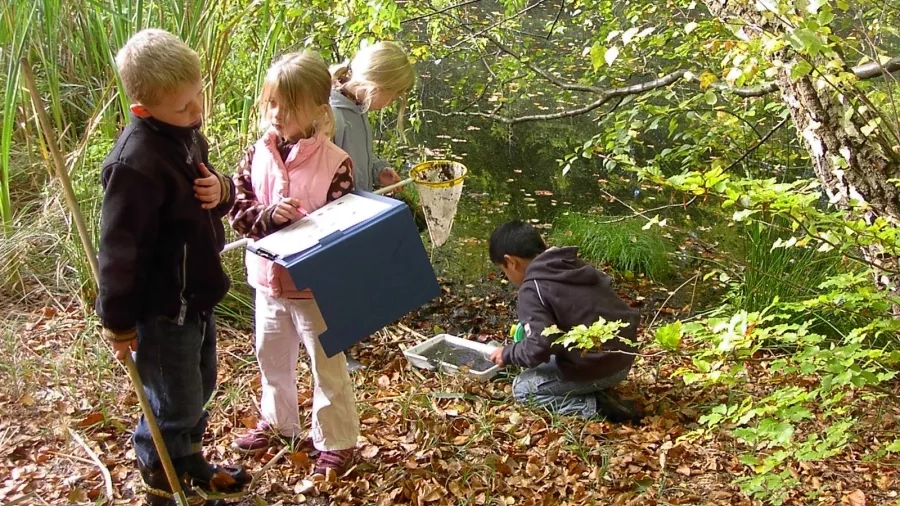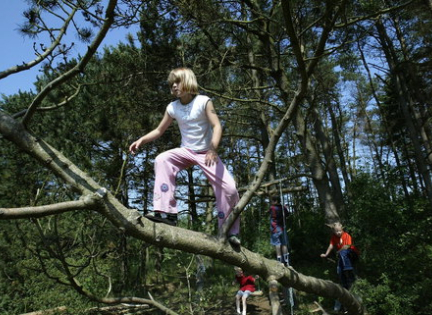The extent and dissemination of udeskole in Danish schools
Forskningsprojekt om udeskole i Danmark fra Skov & Landskab, Københavns Universitet.

Abstract
Studies have shown that outdoor environments lend themselves to particular types of learning at the same time promoting physical activity and well-being of children. In the past decade, Danish public and private schools have introduced curriculum-based outdoor learning as aweekly orbi-weekly‘ outdoor school’ day for children aged 7–16 – called udeskole in Danish.
Based on a national population survey of Danish schools (N=2082), information on the extent of udeskole activities, dissemination of udeskole, and barriers to teaching out-of-doors are presented. Findings show that 28 % of the responding schools practice udeskole across the country. Furthermore, another 15% are planning to start udeskole with in the next three years. It is argued that udeskole plays an increasing and important role in the Danish school system and constitutes a potential for green space management. As potentially keyactors, we suggest that green space planners and managers regard udeskole as an important concept in the future development of public greenspace, and consider school teachers and pupils as an important contemporary and future user group.
Find artikel som pdf-fil.
